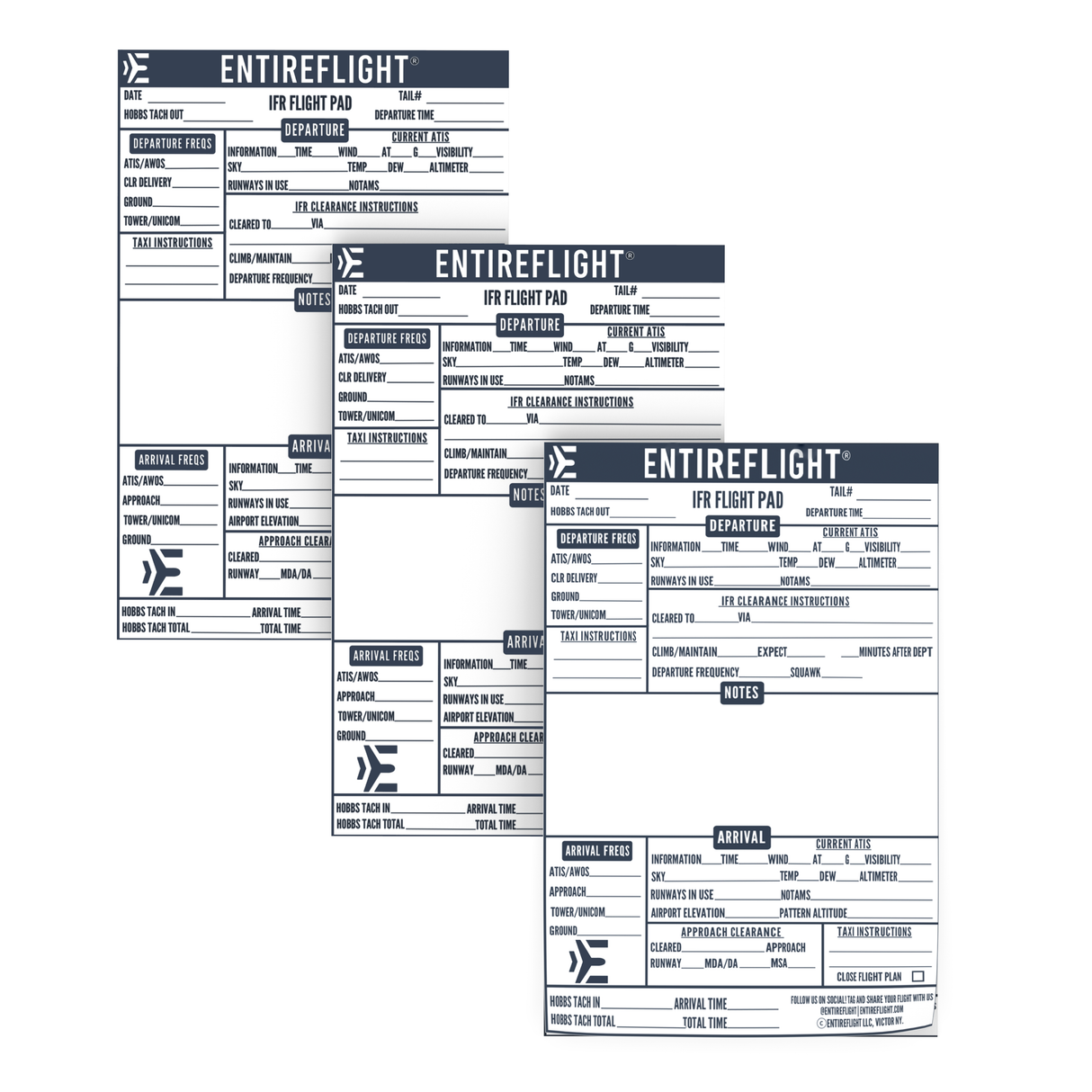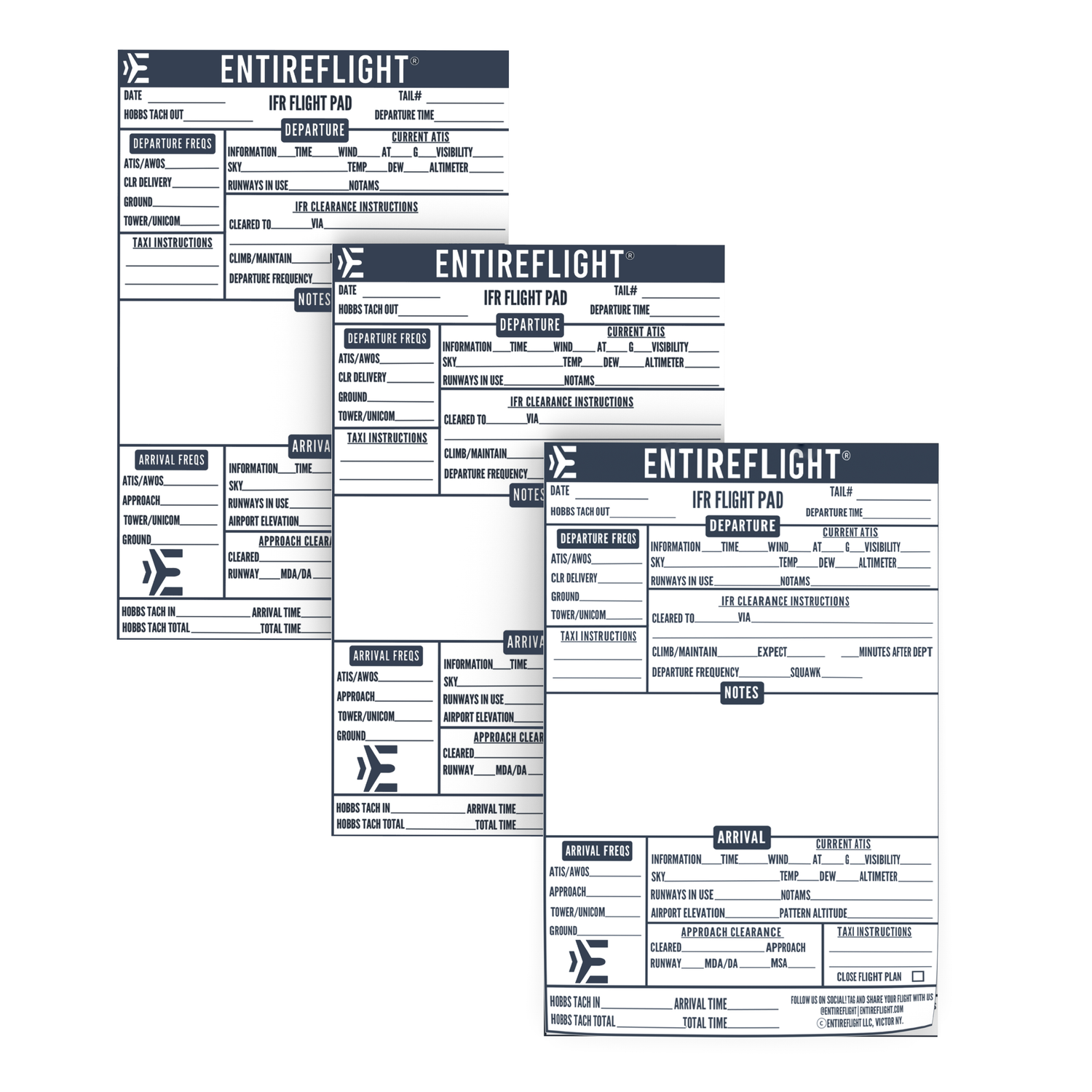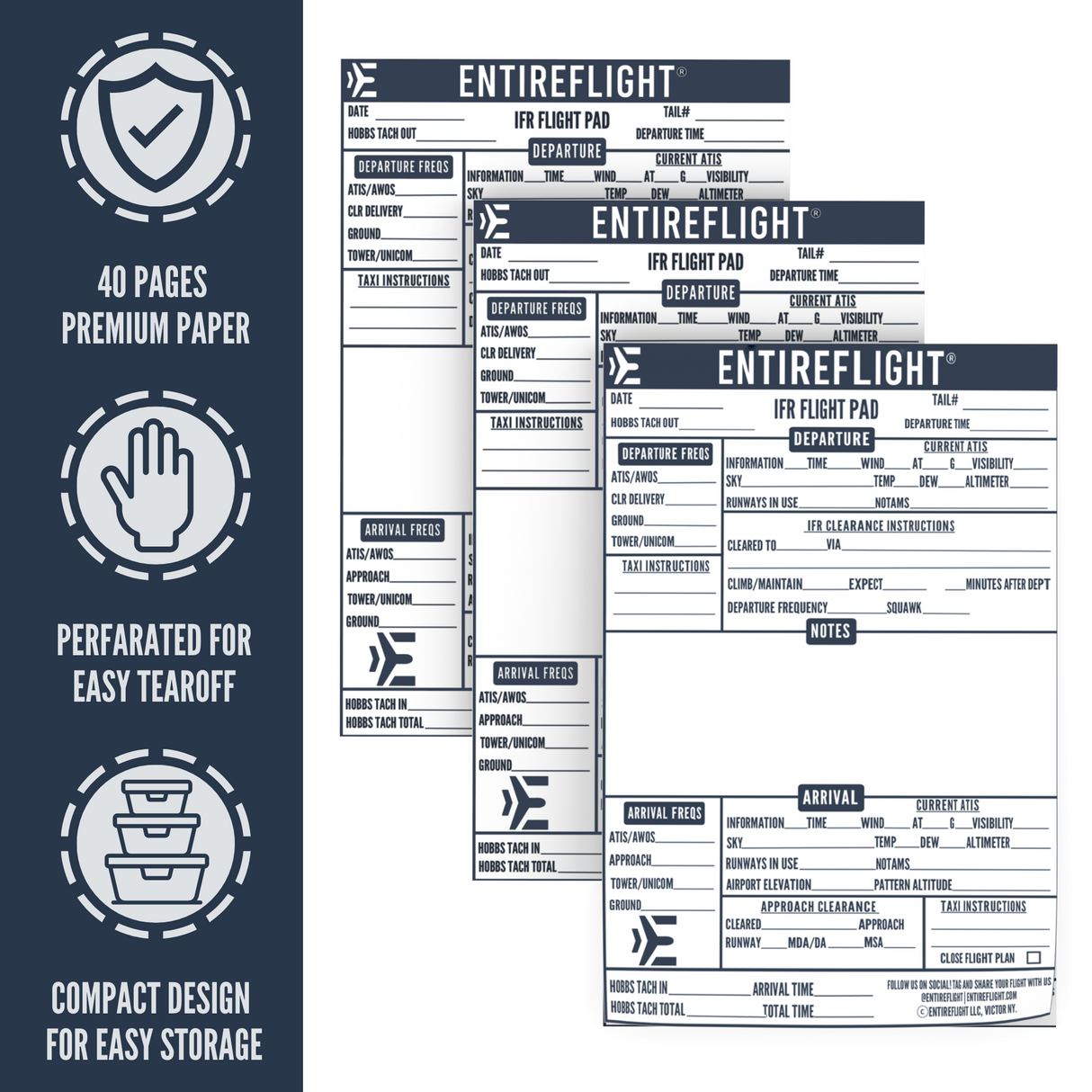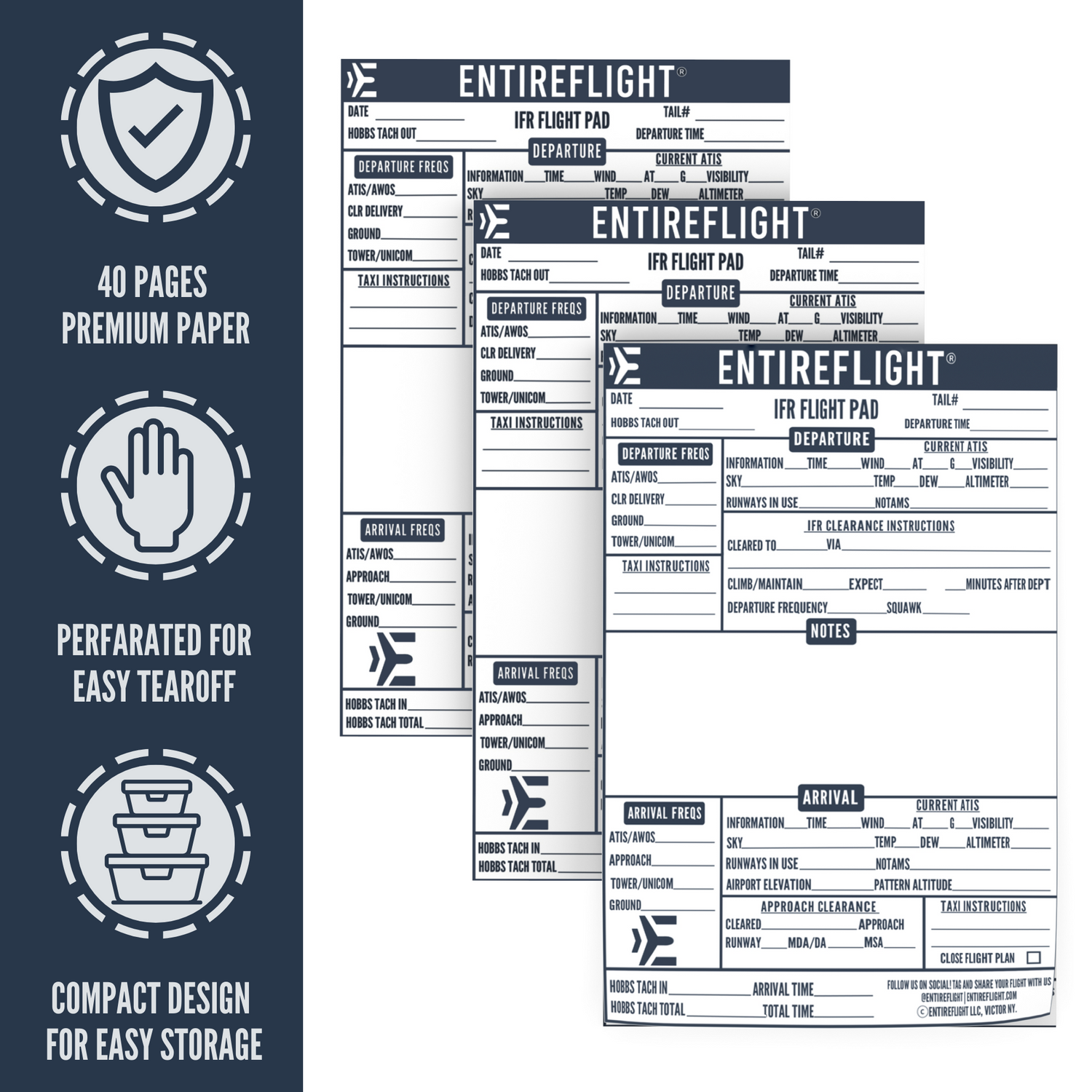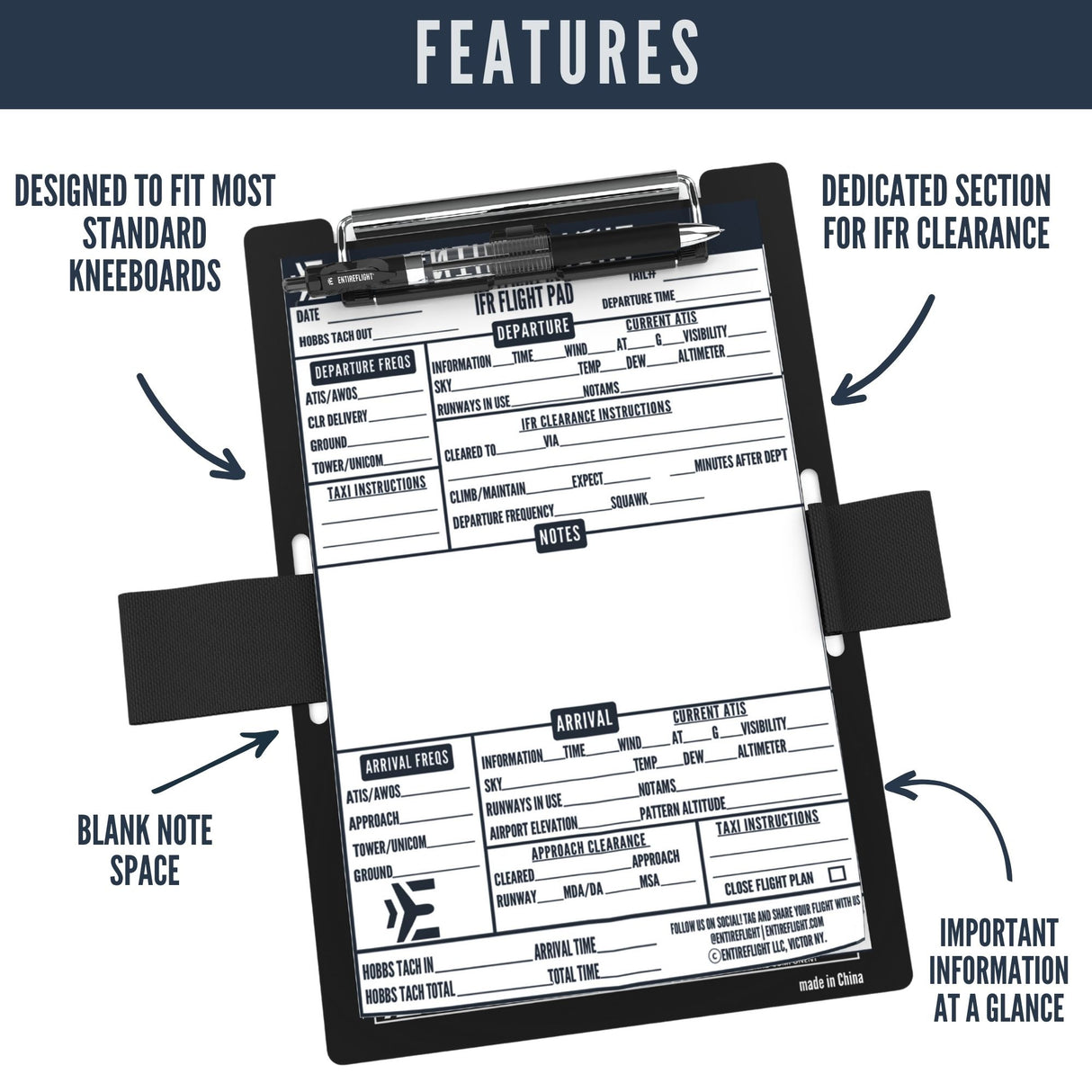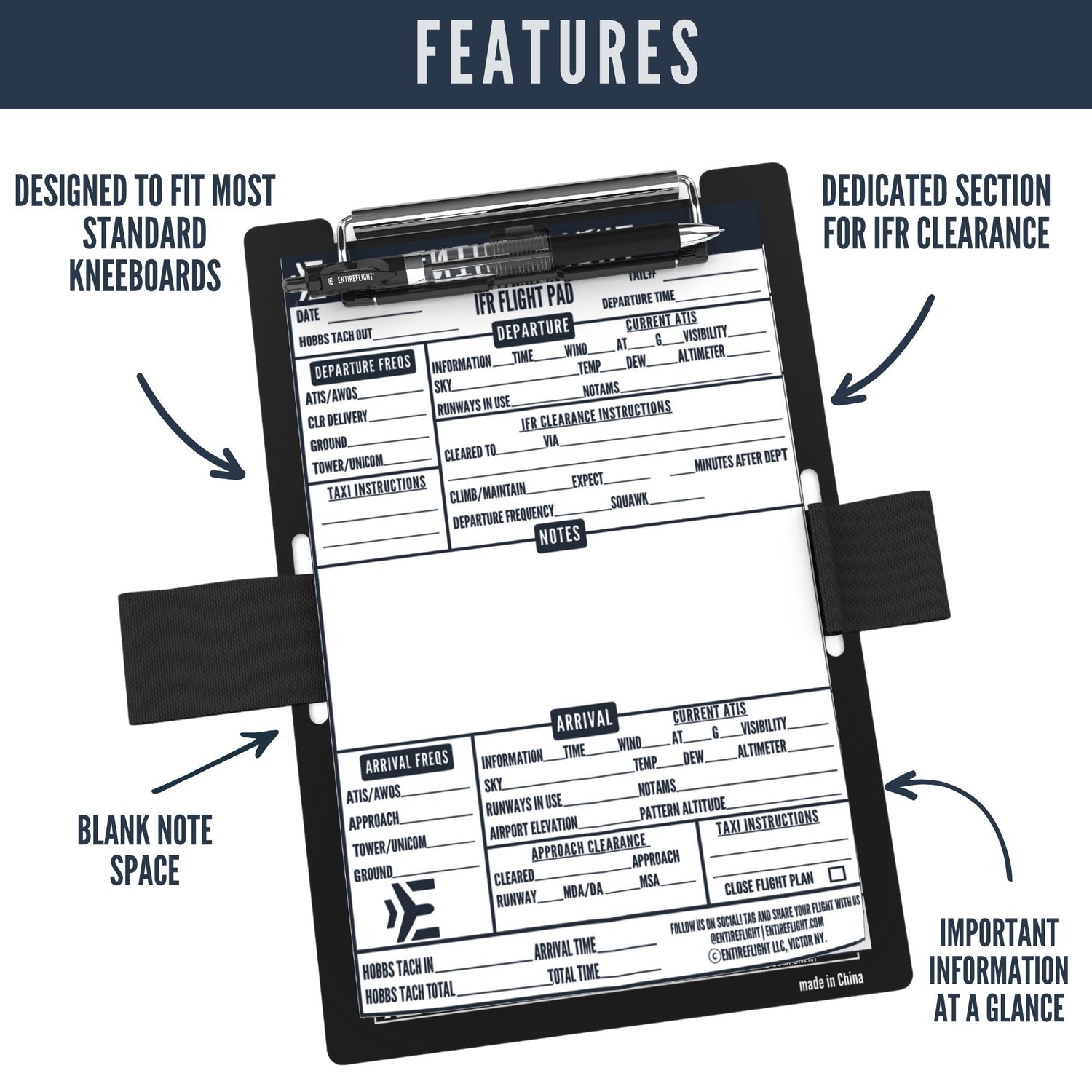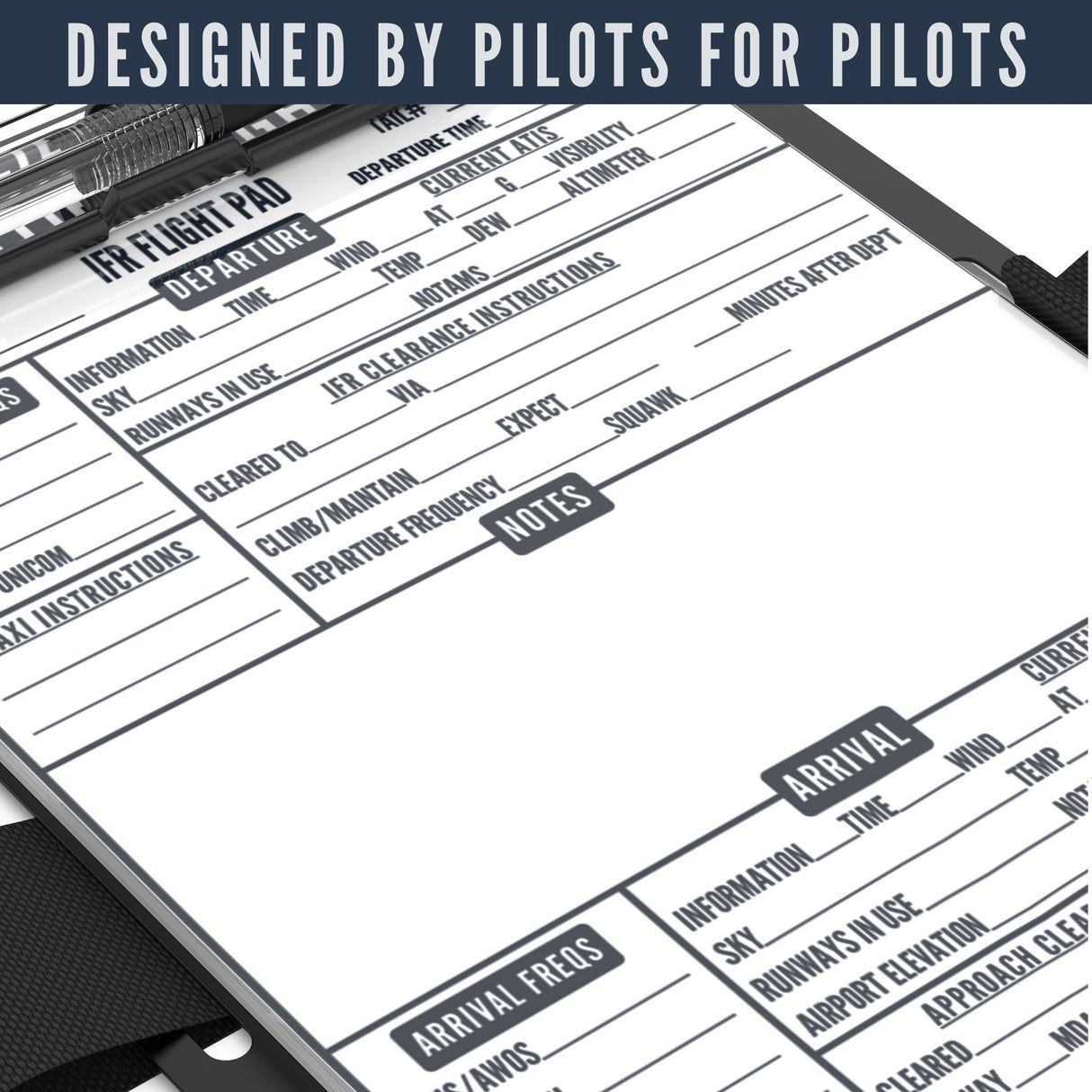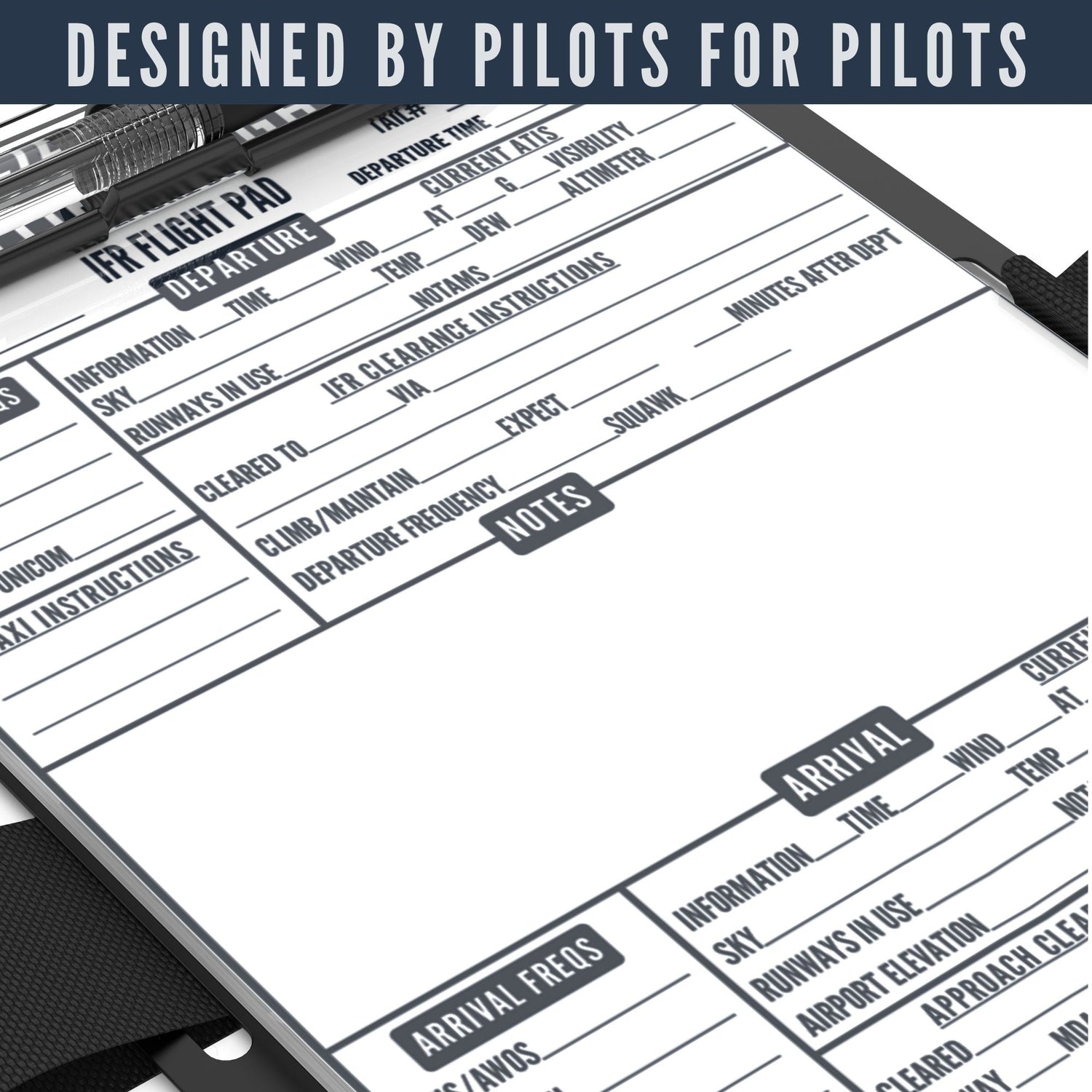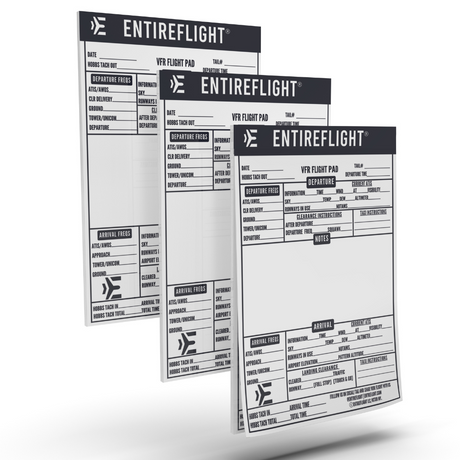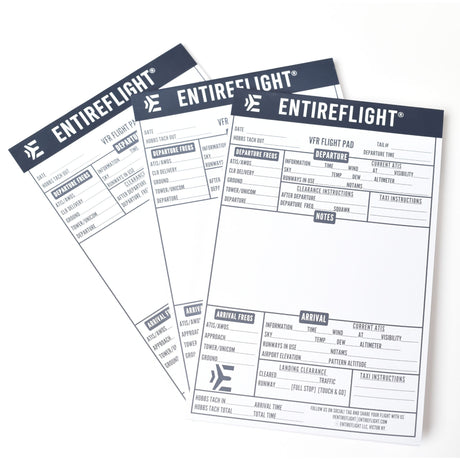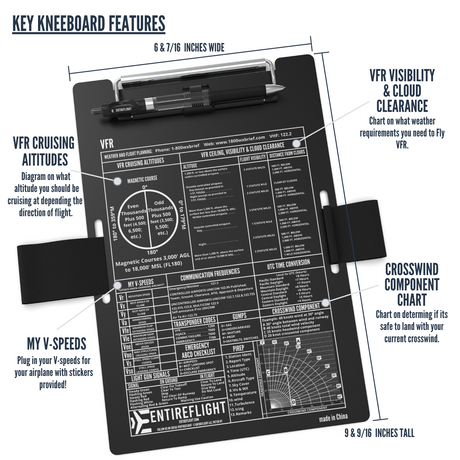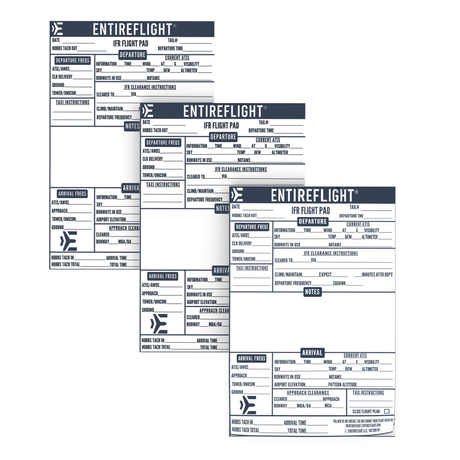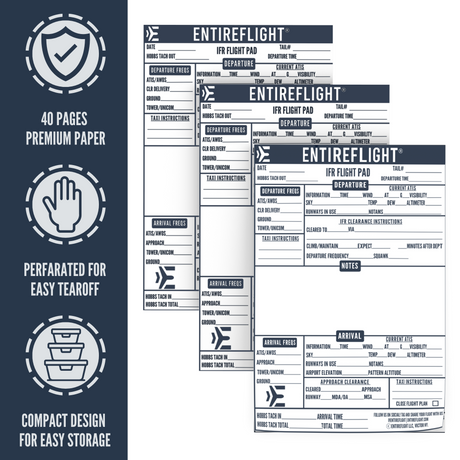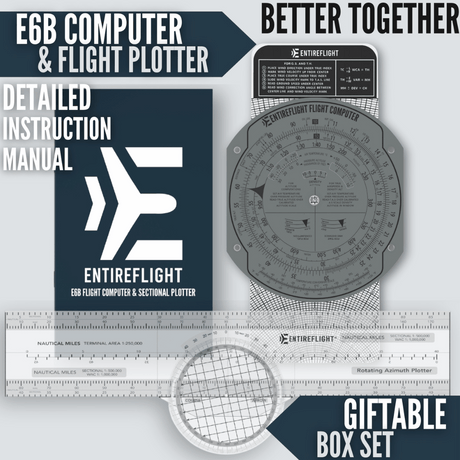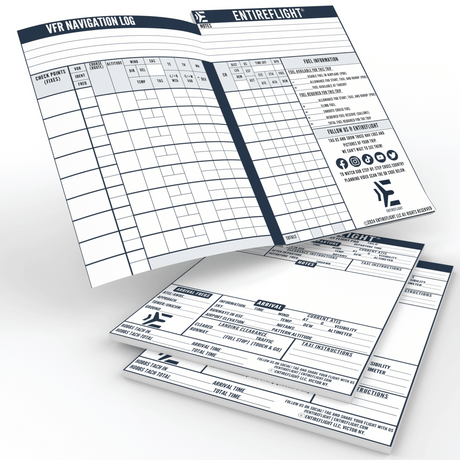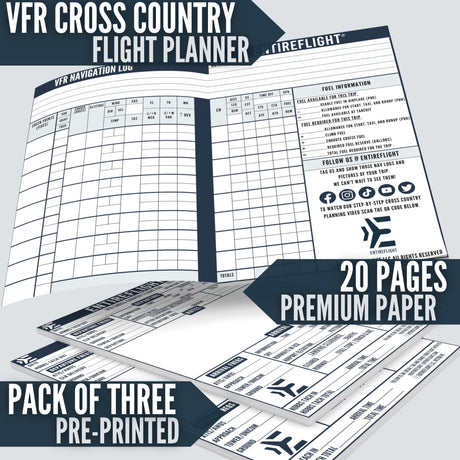Is landing your aircraft on a soft-field runway causing you anxiety and uncertainty? Soft-field operations indeed present unique challenges that regular, hard surface runways don't.
This guide aims to demystify these operations, providing techniques and solutions to make every landing and takeoff feel like a breeze. Don't stay grounded by fear; let's conquer those soft fields together!
Key Takeaways
- Soft field landings require a different approach and technique compared to landing on hard surface runways.
- The key to a successful soft field landing is maintaining stability, aiming for the right touchdown point, using proper flare technique, and smoothly transitioning into rollout.
- Soft field takeoffs require smooth power application, control maintenance, utilizing ground effect during lift-off, and following the correct initial climb technique.
Mastering Soft Field Landings
Soft field landings require a different approach and technique compared to landing on a hard surface runway.
How are soft field landings different?
Soft field landings demand unique skills and precautions compared to typical pavement landings. Unlike hard-surface runways, soft fields can be uneven, requiring additional attention to the aircraft's control surfaces during landing.
Aircraft must maintain a higher-than-usual nose-up attitude throughout landing roll. This key difference helps prevent damage to the propeller and other parts of the plane that could come into contact with a bumpy or grassy runway.
While many aspects are familiar, mastering soft-field landings involves understanding these disparities and adapting your techniques accordingly.
Approach to landing
When landing on a soft field runway, your approach is crucial. Aim for an aiming point beyond the touchdown area to ensure a smooth landing. Maintain a stable glide path and try to avoid any sudden changes in altitude or speed.
Keep in mind that the touchdown point should be closer to the beginning of the runway to prevent sinking into the soft surface. As you descend, maintain a steady descent rate and keep your aircraft aligned with the centerline of the runway.
Remember to utilize proper landing techniques such as flaring just before touchdown and smoothly transitioning into rollout after touching down.
Touchdown technique
Mastering the touchdown technique is crucial for a successful soft field landing. As you approach the runway, aim to land at the designated touchdown point with precision. Maintain a stabilized descent and follow the glide path until reaching this point.
During touchdown, keep your nose wheel off the ground as long as possible to minimize resistance from soft or uneven surfaces. Firmly bring down your main wheels first, using proper flare technique to ensure a smooth transition from flight to rolling on the runway.
Rollout technique
Maintaining proper control during the rollout is essential for a successful soft field landing. As you touch down on the soft surface runway, keep your nose wheel off the ground as long as possible to reduce drag.
This will help slow down the aircraft and prevent it from getting stuck in the soft terrain. Use gentle braking and maintain directional control using rudder inputs. Keep in mind that excessive braking can cause your wheels to sink into the soft ground, so use caution.
Once you have slowed down sufficiently, exit the runway promptly to allow other aircraft to land or takeoff.
Common Problems with Soft Field Landings
Soft field landings can present a range of challenges for pilots, from maintaining proper speed control to dealing with unpredictable ground conditions.
One common challenge is maintaining the correct approach speed and glide path. It's crucial to find the right balance between descending too steeply or floating above the runway.
Another challenge is properly executing the touchdown technique, which involves aiming for a specific point on the runway to ensure a smooth landing. Solutions to these challenges include practicing comfortable approaches at different glide paths and using visual cues on the final approach to maintain accuracy.
Another challenge that beginners may face during soft field landings is managing roll-out techniques once they touch down. It's important to prevent excessive braking or sudden deceleration, as this can sink into the soft surface and cause difficulties in getting off smoothly.
Instead, maintaining gentle pressure on the brakes while gradually reducing airspeed will help avoid sinking into the surface and allow for a controlled rollout. Additionally, mastering proper taxiing techniques after landing can also pose challenges when transitioning from a soft field back onto solid ground.
Pilots should utilize nosewheel steering and be cautious of any potential obstacles or uneven terrain during taxiing.
Mastering Soft Field Takeoffs
Soft field takeoffs require a different technique compared to regular takeoffs. Execute a smooth and controlled takeoff roll, maintaining back pressure on the yoke to keep the nosewheel off the ground as long as possible.
Once in ground effect, gradually increase power and use efficient elevator control inputs for lift-off. Mastering this procedure will allow you to confidently navigate soft field runways with ease.
How are soft field takeoffs different?
Soft field takeoffs differ from regular takeoffs in several ways. Firstly, the technique used during the takeoff roll is different. Instead of applying full power and quickly accelerating, you need to apply smooth and gradual power while maintaining control. This helps prevent the wheels from digging into the soft surface and getting stuck.
Secondly, lift-off and ground effect play a crucial role in soft field takeoffs. As you approach lift-off speed, gently raise the nose to minimize drag and reduce strain on the landing gear. Once off the ground, stay close to it to take advantage of ground effect for improved performance.
Lastly, during the initial climb, maintain a shallow climb angle until reaching a safe altitude to ensure maximum acceleration without risking contact with obstacles or uneven terrain.
Takeoff roll technique
To execute a successful takeoff on a soft field runway, you need to master the proper takeoff roll technique. The key is to keep the aircraft as light as possible during this phase.
Begin by applying smooth and steady power while maintaining directional control. Keep your eyes fixed on the end of the runway and ensure that you maintain a straight path. As you accelerate, be ready to apply gentle back pressure on the control yoke or stick to prevent the nose wheel from digging into the soft surface.
Remember to stay calm and composed throughout this critical phase of flight, ensuring that you smoothly transition from taxiing to lifting off without any jerky movements. By understanding and practicing this technique, you'll be able to confidently navigate soft field runways with ease.
Lift-off and ground effect
When it comes to soft field takeoffs, there are a few key things you need to keep in mind. As you begin your takeoff roll, maintain a smooth and steady acceleration while keeping the nose wheel light. This will prevent excessive bouncing or porpoising on the soft surface. Once your airspeed increases, pay close attention to lift-off technique.
During lift-off, it's important to be aware of ground effect. This phenomenon occurs when the aircraft is within one wingspan of the ground and experiences increased lift due to reduced drag from ground interference. To take full advantage of ground effect during a soft field takeoff, gently increase back pressure on the control yoke as your airspeed reaches just above stall speed. This will allow for a smoother transition into flight and help alleviate any potential tail-dragging or sinking onto the runway.
Remember that mastering soft field operations takes practice and confidence in your skills as a pilot. By understanding lift-off technique and how ground effect affects your aircraft during takeoff, you'll be better equipped to handle soft field conditions with ease and finesse.
Initial climb technique
When taking off from a soft field runway, it is important to use the correct initial climb technique. After smoothly applying full power and ensuring that the engine instruments are indicating normal operation, gently rotate the aircraft to establish a positive climb attitude.
Maintain this attitude while gradually increasing airspeed, being careful not to exceed the recommended or specified speed for your particular aircraft. As you gain altitude, be aware of obstacles and maintain a constant scan outside the cockpit for any potential hazards.
Keep a steady hand on the controls and use small adjustments as needed to maintain an efficient climb rate. Remember to refer to your aircraft's operating manual for specific guidance on initial climb procedures.
Conclusion
Mastering soft-field runway operations is crucial for beginner pilots. By understanding the differences in landing and takeoff techniques, you can confidently navigate soft surfaces.
With practice and attention to detail, you'll develop the necessary skills to safely operate your aircraft on soft-field runways. So go ahead, take to the skies with confidence!

